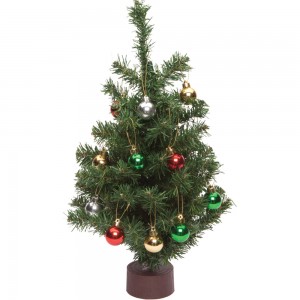
As I sit in front of the fireplace just days before Christmas, gazing at the dazzling Christmas lights that decorate our Christmas tree, my mind begins to wander. I begin to think about the magic that Christmas lights bring to this glorious season, and I consider how the tradition of decorating with lights began.

Although it is said that Pagans were the first to light evergreen trees and bring them into their homes, it is said that the Germans were the first to combine trees with lights during the 17th century. Another legend states that Martin Luther was the first to light a Christmas tree after being inspired by a starlit sky during the 16th century.
In the 18th century, it became a custom for the upper class people of Germany to decorate their Christmas trees with glowing candles. In the beginning, these festive candles were attached to tree limbs with melted wax or pins. The use of small candle holders for Christmas trees became popular in the 1860’s. As time went on, delicate lanterns and glass balls were used to guard the candles from the tree branches. By the 1880’s, the first electrified Christmas lights were introduced.

Eventually, Christians began placing a star at the top of their Christmas tree as a symbol of the star that shined upon the manger where the baby Jesus was born. The lights were said to represent the stars, and the ornaments that were added were said to represent the planets.
Although community lighting competitions began as early as the 1920’s, it wasn’t until the mid 1950’s those electric lights began to be used by average households. Additionally, in 1956 Philadelphia’s Christmas Light Show began, and these festive lights found their way to other places like mantels, doorways, and other areas throughout the inside of people’s homes. It wasn’t long before the outdoors became illuminated by these tiny lights as well. These days, it isn’t uncommon to see homes around the world decorated with glimmering lights in celebration of the Christmas holiday.
Creative Commons Attribution: Permission is granted to repost this article in its entirety with credit to ChristmasGifts.com and a clickable link back to this page.
